 Job seekers often tell me that they find Twitter to be the most intimidating of all the popular social media platforms. Maybe it is because of those awful career ending mistakes we hear about. Maybe it’s just difficult to figure out how to use, and being such a public tool, new users (especially job seekers) are nervous to make a mistake on it.
Job seekers often tell me that they find Twitter to be the most intimidating of all the popular social media platforms. Maybe it is because of those awful career ending mistakes we hear about. Maybe it’s just difficult to figure out how to use, and being such a public tool, new users (especially job seekers) are nervous to make a mistake on it.
Twitter is, however, a very popular platform for employers, and as such is an important place for job seekers to be. It’s also a pretty good source of jobs — many employers choose to advertise their positions on Twitter. Employers will also look for you on Twitter, in hopes to learn more about you and figure out whether you are social media savvy enough to not potentially embarrass yourself or them online in the future.
Setting Up a Twitter Profile
When you sign up for Twitter, make sure that you consider the following elements:
- Have a User ID (name) that identifies you by your proper name, so that employers can identify you.
- Upload a decent photo — it should be of you, but does not have to be too business-like. Twitter is more casual and friendly than, say, LinkedIn. So you can look friendlier and more relaxed, as well.
- Write a few lines describing yourself — keep it short. Identify your profession and location. Add a simple one liner that sums you up. Make sure to provide a link to your LinkedIn profile.
Learning to Use Twitter
It’s actually really easy to start using Twitter — you can start by reading and following, rather than contributing anything. Twitter offers some good advice to new members, telling them that:
reading Tweets and discovering new information whenever you check in on your Twitter timeline is where you’ll find the most value on Twitter (…) the real magic of Twitter lies in absorbing real-time information that matters to you.
Other excellent advice on following, tweeting and developing a voice on Twitter is offered on their Help pages.
Conducting a Job Search with Twitter
Once your profile is set up, as a job seekers you should focus on:
- BRANDING — developing a personal reputation/image online that reveals you to be the type of person an employer might be interested in.
- NETWORKING — interact with people and organisations that can lead to the next job.
- JOB SEARCH — find relevant job leads.
Start off by searching for and following companies, professional associations and people who are relevant to your work. Read their tweets, and try to learn about how they use Twitter and what opportunities you might have to engage with them.
Slowly begin to engage with potential employers by retweeting, responding to their questions and tweeting them appropriately. Challenge yourself to not just retweet — try to develop an authentic personal voice which is thoughtful and pleasant. You can allow yourself to engage and comment on non-work related topics (such as sports events, arts or culture), but make sure to keep it polite and light.
To find relevant job leads, use Twitter’s search bar. Use a search that combines the word “job”, a job title, and location: e.g. “job+marketing+Toronto”. Do that search regularly. Identify target companies and follow them for future postings. Some companies actually have a Twitter account that is dedicated to employment, such as the City of Toronto’s @CityTOjobs.
Engage with individuals on Twitter and try to find ways to meet in person to network, by messaging them directly (called DM) for information interviews or other in person opportunities. Your goal is to develop the kind of rapport which can lead to people recommending/referring you for jobs or information interviews.
Twitter can be a very effective tool for branding, networking and getting job leads. Use it daily (for 30 minutes or so); gather information, share information and offer your expertise to others. Also, keep in mind that employers are likely to check out your profile to assess your personal style, social media skill level and your professional network, when considering your for jobs.


Leave a Reply